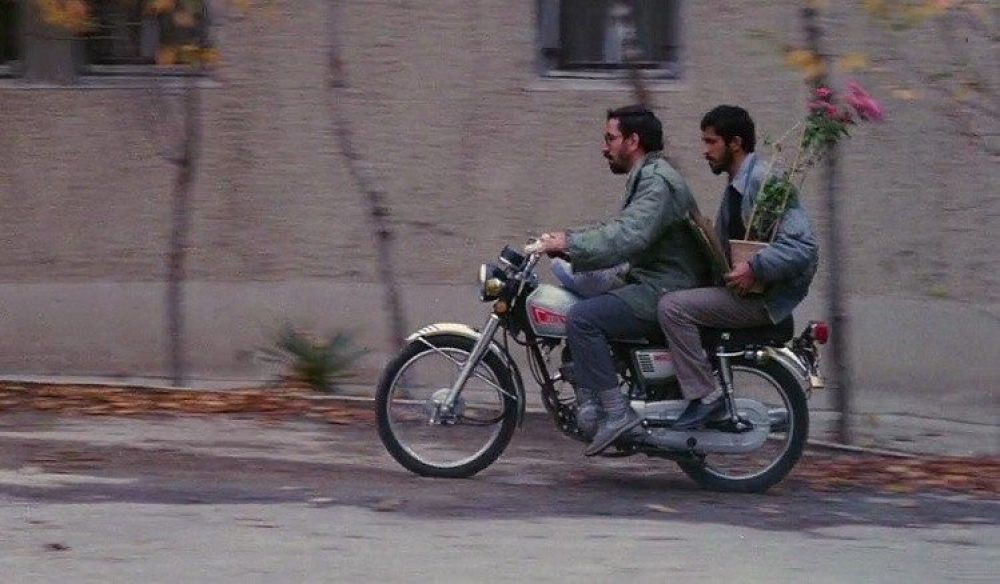While watching “The Cow” I began seriously pondering to what extent we can assign any intangible qualities to modernity. If the cow is indeed a metaphor for Iran’s oil, and the storyline intended to mirror the crisis Iran experienced under Shah Pahlavi in the 1970’s, then the films seems to carry a message of continuity rather than one of disjointed eras or irreconcilable contrasts. Modernity is, after all, not a scientific construct; rather it is whatever society construes it to be at any given flashpoint. As historians and sociologists were first grappling with the concept of modernity, they would have doubtless viewed oil as a definitively modern resource; the “black gold” made valuable by the legacy of the Industrial Revolution and used to power most of the world’s most “advanced” technologies. The cow, meanwhile, would have been seen as a rather archaic economic resource, intrinsically linked to the sustenance farming that Rostow saw as defining the “traditional society” which was lowest on his five-staged pyramid of development. However, it can be said that the cow was viewed and treated by its owner in the exact same fashion as Pahlavi and his cronies viewed and treated their resource of oil . Both became a singular obsession; both led their owners into inhabiting a distorted reality that led to their ultimate downfall.
Thus to me “The Cow” illustrates an argument by which the concept of modernity works best and most cohesively when applied solely to the material realm. It is easy to say the cow is a “pre-modern” resource and oil is a “modern” resource; that said, it is much more difficult to find differences in the human flaws that governed the management of both the cow and oil. The allegory of the cow points to characteristics such as greed, pride, and tunnel vision that have transcended eras and cultures to define the human condition.
Iran, Islam, and the Last Great Revolution Fall 2018
Professor Malekzadeh

The Allegory of the Cow: Lessons on the Concept of Modernity | Iran, Islam, and the Last Great Revolution Fall 2018